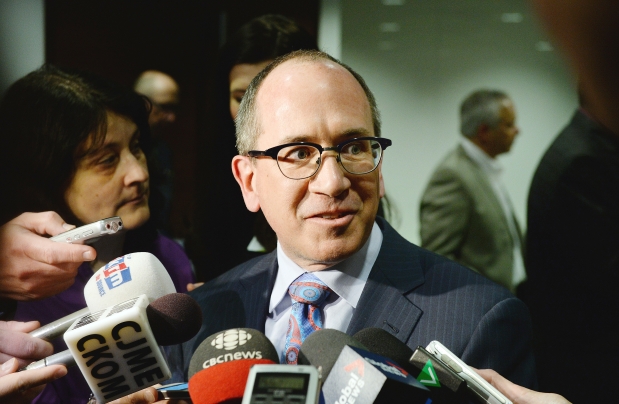Mosaic Co. is going to spend $1.7 billion to expand its K3 potash mine near Esterhazy as part of the plans to accelerate the production ramp-up of the mine during the upcoming eight years. During that time, the mine will employ approximately 300 contract tradespeople and about 600 workers will be working on the site during peak construction. The company’s analysts predict that mining will begin by late 2017. When ready, the mine will serve as a satellite mine for storage facilities that were revamped during the first phase of Esterhazy expansion. In 2009, Mosaic invested $1.5 billion in Esterhazy mine.
Saskatchewan’s Premier Brad Wall commented that the province would like to see other sectors of the economy to pick up as well. He believes that Saskatchewan will prosper thanks to a diversified economy even during – what he calls – “uncertain times” in the energy industry. As a result of cheap oil, the province is anticipating a revenue shortfall of between $600-800 million this year. Saskatchewan’s potash industry has so far absorbed investment of more than $17 billion since 2007, which significantly contributed to the development of the province.
Nevertheless, in January 2015, the University of Calgary criticized Saskatchewan’s potash royalties, describing them as “alarmingly inefficient”. According to the report, the province’s tax on potash is not competitive on an international level. The government of Saskatchewan, one of Canada’s states, which accounts for about a third of the world’s potash production, said that it was ready to review royalties while taking into account considerations of investors. “There will never be surprises because (companies) are making billions of dollars of investment,” Mr Wall said and added “we wouldn’t want to jeopardize that.”




